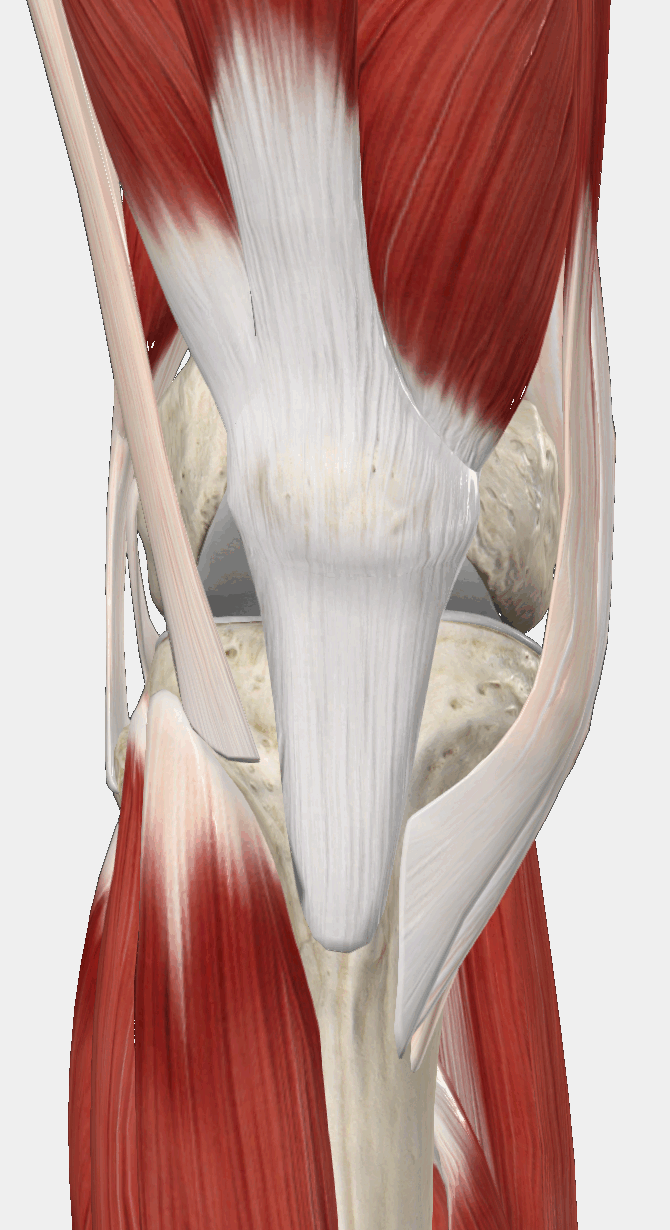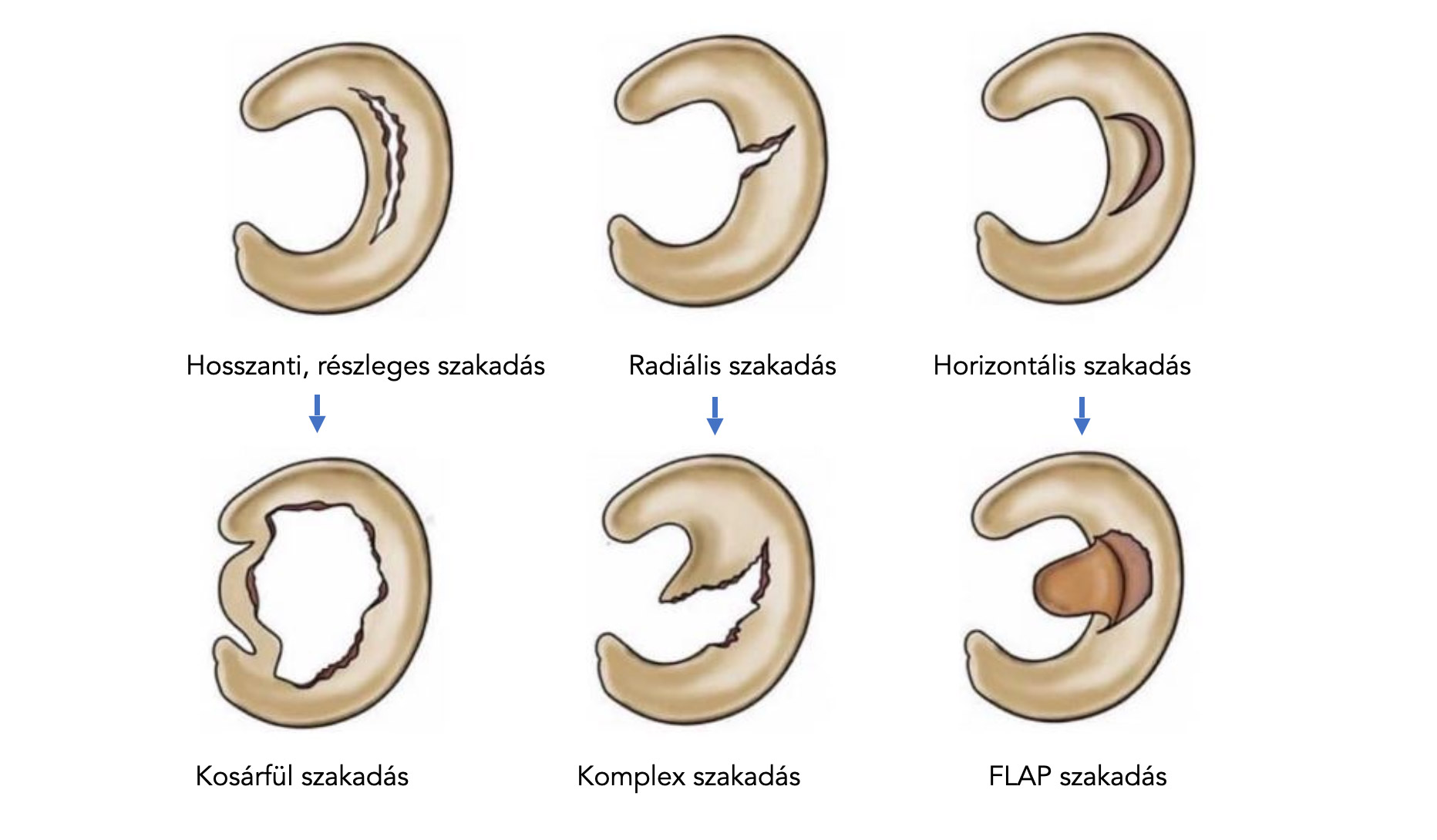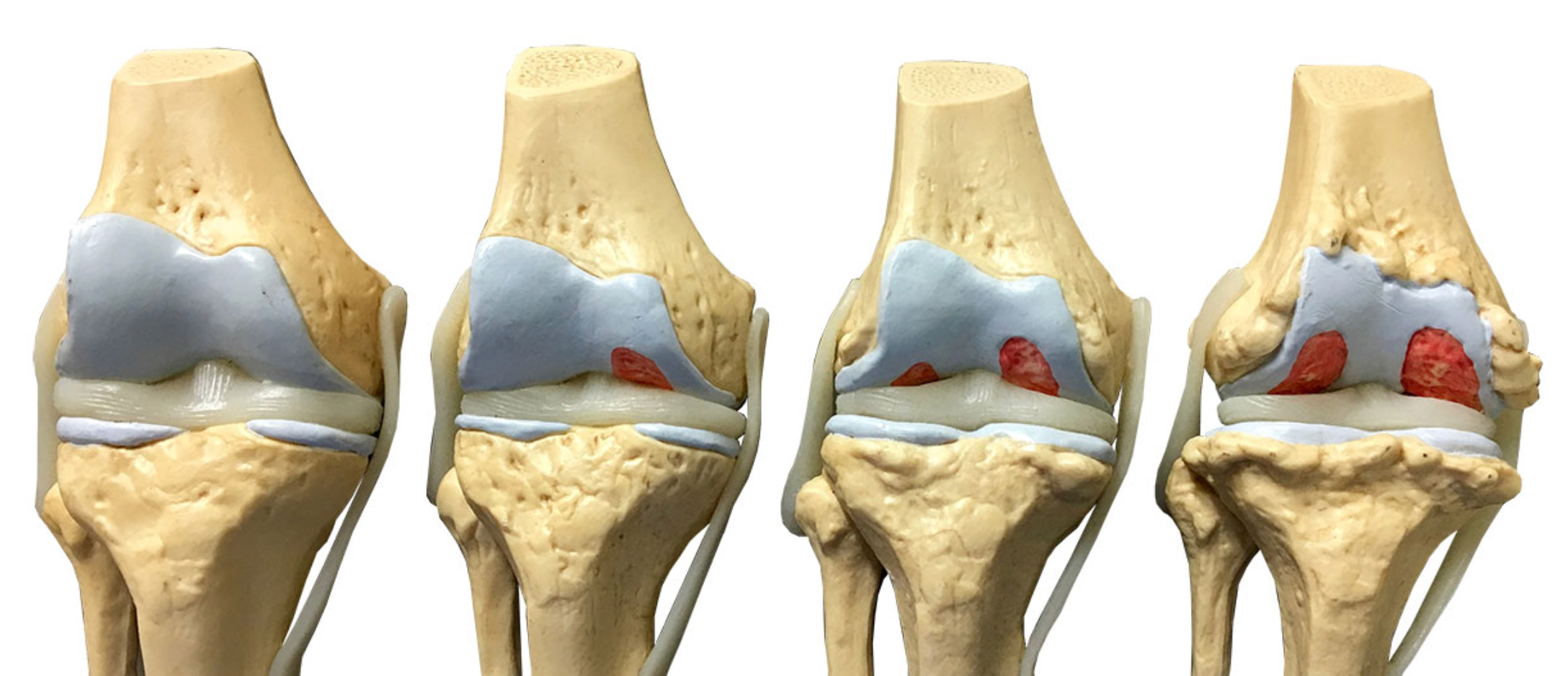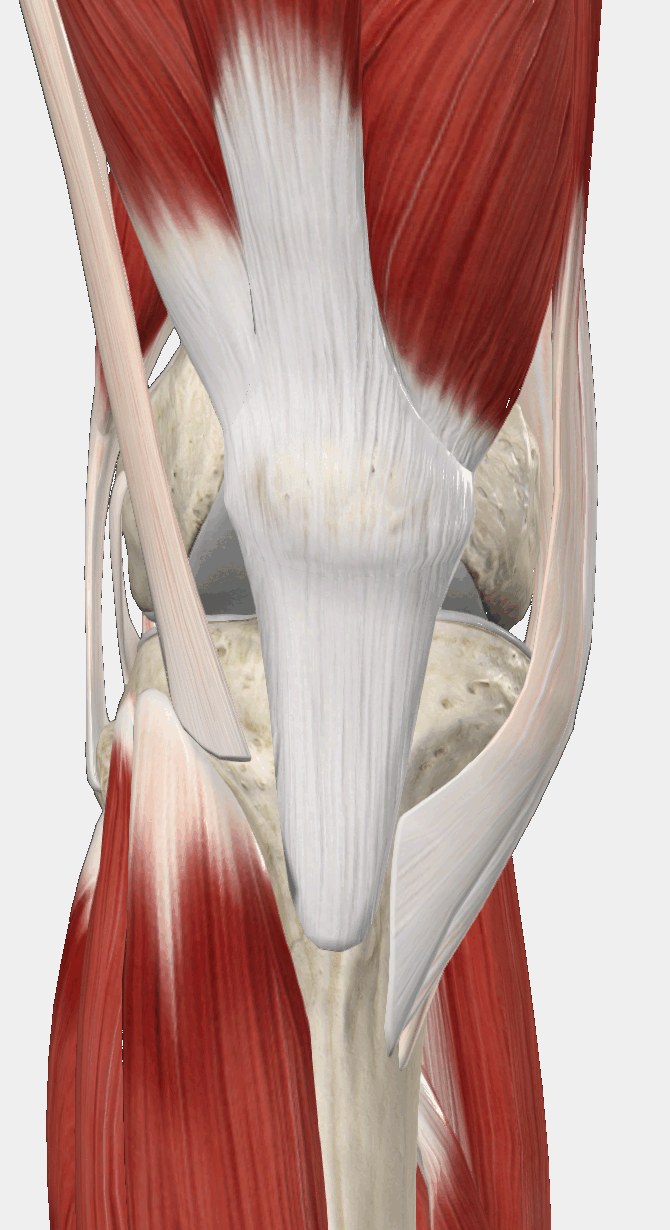Patella and quadriceps tendon enthesopathy
The patella (kneecap) is encased by the quadriceps tendon, which first attaches to the patella and then continues around it, attaching to the tibia along with the patellar tendon. These attachment points can weaken, leading to chronic inflammation. This can result in swelling and pain in the area. Activities such as squatting, jumping, and dynamic movements exacerbate the pain, while rest decreases it.
Treatment
Treatment typically involves rest, wearing orthoses, pain relief medications, and physical therapy, with symptoms often improving within a few months. In cases of persistent symptoms, PRP therapy can be a successful treatment.
Osgood-Schlatter Disease
Osgood-Schlatter disease is a condition primarily affecting young athletes, characterized by irritation of the tendon beneath the patella, where the growth plate is located. Symptoms include pain and swelling below the knee, particularly during periods of rapid growth and intense physical activity.
Treatment
Treatment usually involves rest, pain relief medications, and physical therapy, with symptoms often improving within a few months. In chronic cases, PRP therapy can be an effective and low-risk intervention, helping to alleviate pain and facilitate a return to sports. Multiple sessions are often required for complete healing.1

Meniscus Injury
Wear and Tear
Degeneration and injury of the meniscus, the cartilage in the knee, are common with aging. Initially, the meniscus may bulge, which can be easily seen on ultrasound. Over time, the bulged meniscus degenerates, tears, and wears down due to improper positioning during knee flexion, leading to pinching. Injuries typically occur in the posterior horn of the meniscus, but patients often feel pain throughout the knee or on the inner side. This type of meniscus injury is most common in middle-aged individuals. Initially, pain often spontaneously decreases, but degeneration progresses over time.
Sports or Other Accidents
Meniscus injuries can also occur during accidents, often during sports activities, affecting young people and active middle-aged individuals.
Treatment
Treating meniscus injuries can be challenging; arthroscopy (knee surgery) may be necessary in certain cases. Several studies suggest that the effectiveness of arthroscopy is improved when followed by PRP therapy. Targeted regenerative methods may also be attempted, often requiring multiple sessions as meniscus injuries heal slowly. In some cases, a specialized gel-form PRP preparation can be injected directly into the meniscus tear.
 Knee Cartilage Degeneration, Arthritis
Knee Cartilage Degeneration, Arthritis
“Knee osteoarthritis” is the most common condition affecting individuals over 45-50 years old. In osteoarthritis, the cartilage covering the knee wears down, and the meniscus degenerates and bulges. About 90% of patients experience sensitivity on the inner side of the knee (between the thigh bone and shin bone), the entire meniscus, and often the posterior surface of the patella. Later, pain can affect the entire knee. Following trauma, accidents, congenital, or acquired deformities, symptoms can also start from the outer side of the knee.
Treatment
If physiotherapy is unsuccessful, several highly effective treatment methods are available. These include PRP therapy, and in selected cases (e.g., bone marrow edema), stem cell treatment as well. The effectiveness of PRP treatment has been analyzed through 86 randomized controlled trials, involving tens of thousands of patients. The results showed that the appropriate quantity and quality of PRP significantly improves the knee’s condition in the long term. Patients have been followed for years in numerous studies, confirming pain reduction and improved function. It is the responsibility of the treating physician to select the appropriate PRP preparation for the most effective results. Significant aspects of treatment include the content of white blood cells and platelets in the PRP preparation, the quantity administered, the injection site, and the frequency of treatment.
Treatment – Denervation (Disabling Small Nerves Transmitting Pain Signals)
Radiofrequency or cryodenervation of the knee is also an option to treat pain related the knee osteoarthrosis. During the procedure the tiny sensory nerves around the knee are disabled. Often, a combination of the above methods is employed to achieve rapid and long-lasting pain reduction.
In severe cases, knee replacement surgery may be a solution.

Source:



